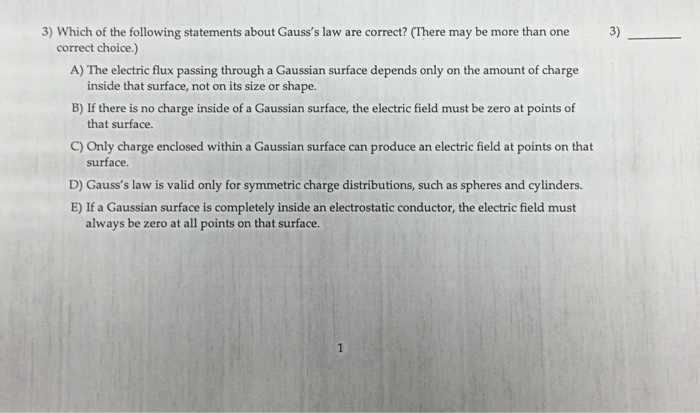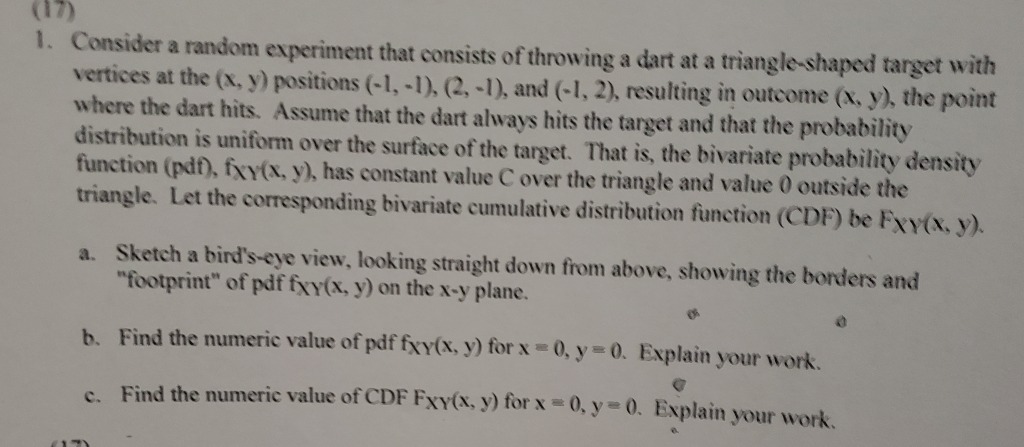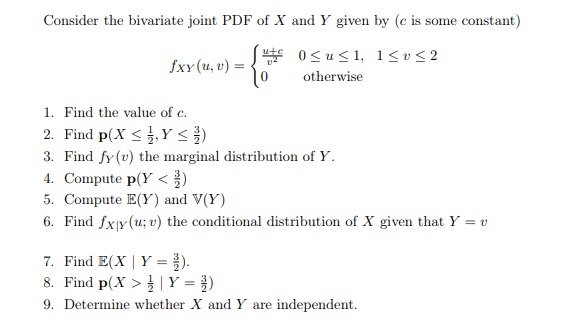Find solutions
2) Given a uniform E-field, E = (2.007 - 3.00/ + 4.00k)- , and the Gaussian surface shown (a Rectangular Cuboid). There is no charge inside the surface. 1:50 m Calculate the Electric flux through each of the 6 surfaces: Diet, right, Plop, 200 m 200 m Pootom, Piront, and back. (show all your work, write down all the area vectors) 1 BONUS POINT: What is the net flux through the Gaussian Surface if a Uranium nucleus is placed inside the Gaussian Surface? (HINT:use Gauss' Law)3) Which of the following statements about Gauss's law are correct? (There may be more than one 3) correct choice.) A) The electric flux passing through a Gaussian surface depends only on the amount of charge inside that surface, not on its size or shape. B) If there is no charge inside of a Gaussian surface, the electric field must be zero at points of that surface. C) Only charge enclosed within a Gaussian surface can produce an electric field at points on that surface. D) Gauss's law is valid only for symmetric charge distributions, such as spheres and cylinders. E) If a Gaussian surface is completely inside an electrostatic conductor, the electric field must always be zero at all points on that surface.(17) 1. Consider a random experiment that consists of throwing a dart at a triangle-shaped target with vertices at the (x, y) positions (-1, -1), (2, -1), and (-1, 2), resulting in outcome (x, y), the point where the dart hits. Assume that the dart always hits the target and that the probability distribution is uniform over the surface of the target. That is, the bivariate probability density function (pdf), fxy(x, y), has constant value C over the triangle and value 0 outside the triangle. Let the corresponding bivariate cumulative distribution function (CDF) be FXY(x, y). a. Sketch a bird's-eye view, looking straight down from above, showing the borders and "footprint" of pdf fxy(x, y) on the x-y plane. b. Find the numeric value of pdf fxY(x, y) for x = 0, y = 0. Explain your work. c. Find the numeric value of CDF FxY(x, y) for x = 0, y - 0. Explain your work.Consider the bivariate joint PDF of X and Y given by (c is some constant) fxy (u, v) = otherwise 1. Find the value of c. 2. Find p(X Sys 3. Find fy(v) the marginal distribution of Y. 4. Compute p(Y |Y = ) 9. Determine whether X and Y are independent










